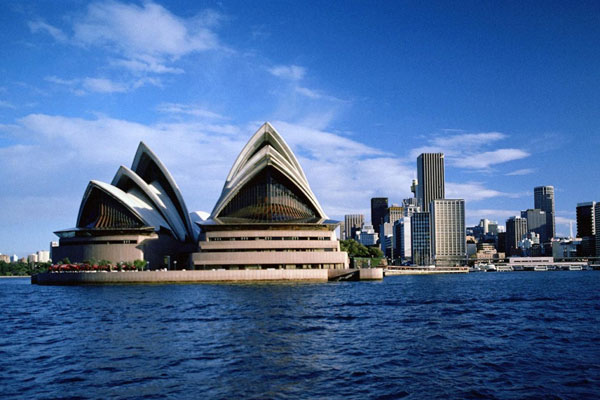Australia has become of some significance for international investors because of its growing importance, despite having an economy that is only midsized and just 22 million people:
- Its dollar has recently become the third most-traded currency in the world after the greenback and the euro, its dealings overtaking the scale of those in sterling and the yen.
- Its wealth of resources – iron ore, coal, natural gas, copper – are seen to make the nation a major play on growth of China’s resource-hungry economy.
- Its sound fundamentals, including excellent financial governance over decades, have made it a magnet for foreign portfolio investors, who now own 80 per cent of its government bonds.
Yet analysts whose views I respect increasingly focus on negative factors they say point to imminent weakness, even collapse, in Australia’s attractiveness as a destination for foreign investors.
Are they right?
Variant Perception, an Anglo-American research service, and others, argue that a substantial weakening in the Australian dollar is “inevitable” given three fundamental factors:
- Oversized banks dependent on external financing. There are four huge ones whose gross borrowings from abroad are equivalent to nearly half the size of the national economy. About half that debt is short-term. Foreign lenders could demand quick repayment, precipitating a financial crisis.
That could be precipitated by cuts in interest rates by the Reserve Bank of Australia in response to a recession threat to the domestic economy.
A key reason why there has been strong foreign investment in Australian bank deposits (and bonds) is their relatively high income yields – a major attraction in a world where central banks have forced down rates to close to zero, precipitating a frantic hunt for decent yield by income-seeking investors.
Falling yields would burst that Australian bubble.
Another trigger could be a change of attitude by foreign investors towards the currency as an asset class. As I reported last month, some central banks such as Switzerland’s seeking to limit or even reduce their holdings of euro without adding to those in the US dollar are understood to have been switching into well-regarded second-tier currencies such as the Aussie dollar.
But the Aussie’s real effective exchange rate is at its highest level since 1976 and seems seriously overvalued. That’s a dangerous situation for any currency.
- There’s a housing bubble. The median house price is nearly six times the average household’s annual income.
As did the British, Australians borrowed hugely to invest and speculate in real estate, driving up prices.
This trend has been boosted by an important tax incentives. There are grants and tax exemptions for first-time buyers. Investors are allowed to deduct against their other taxable income, any net rental income loss incurred on a property investment. A third of all mortgage debt is owed by investors.
Mortgage loans, which account for 90 per cent of personal debt, have soared from 10 per cent of households’ disposable income 30 years ago to nearly 80 per cent now, and are still rising. The average Australian household spends about two-fifths of its income on servicing and repaying debt.
Prices in the housing market have flattened out, even edged down a little, but are still very high relative to incomes. “One of the most overvalued in the world,” says Variant Perception’s Jonathan Tepper.
- There’s dangerous reliance on economic growth in Asia, particularly China. Just three countries – China, Japan and South Korea – take more than half Australia’s exports.
Essentially, Australia is a treasure-chest of minerals, which account for three-quarters of total exports. Its shipments of iron ore are huge, but it’s also an important supplier of coal, natural gas, copper… and gold.
China takes 39 per cent of exports of non-energy resources and its importance is even greater, as its growing needs drive volume and expectations at the margin.
There is a very high correlation between the Chinese and Australian business cycles. Tepper argues: “Australia’s strong dependence on China will turn into a disadvantage as the Chinese economy slows down.” There is probably “significant over-capacity” in the mining sector.
What are we to make of all this?
Although the Australian currency has remained above parity to the Greenback despite big falls in the prices of the nation’s major commodities, with iron ore down from nearly $200 a ton to about $90, other industrial metals down almost a third on average, and thermal coal by more, that resilience is probably unsustainable. Some weakness lies ahead.
CopyRight – OnTarget 2012 by Martin Spring


















